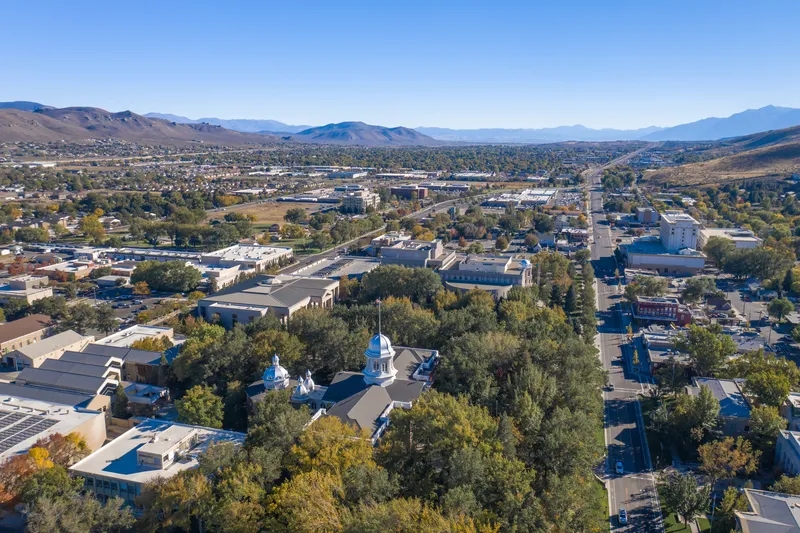Total revenues in 2014 increased 11 per cent to US$68.2 million compared to US$61.7 million in 2013. The increase was primarily driven by a 22 per cent increase in roadway sensors revenues. iPerform revenues and transportation systems revenues were also up five per cent and two per cent respectively.
Total backlog at the end of the fourth quarter was US$35.6 million compared to US$36.8 million in the previous quarter and US$38.6 million in the same quarter 2013. The reduction reflects soft market conditions for the transportation systems market. However, based upon active proposals outstanding, the company believes the market is improving.
“We ended fiscal 2014 with a strong fourth quarter, most notably in our roadway sensors business, which grew revenues by 25 per cent and contributed significantly to our overall profitability,” said Abbas Mohaddes, president and CEO of Iteris. “Our fourth quarter reflects increasing demand for our core products and services, as well as success in various growth initiatives developed earlier in the year, such as the introduction of innovative new products in our Roadway Sensors business. Two of these key products include our Vantage Velocity processor and Vector hybrid video and radar detection camera.”
The company has also announced major technical developments and new product launches, recent contract wins, including a US$1.2 million contract awarded by the Virginia Department of Transportation, and new key partnerships such as partnering with Here, a Nokia company, to provide traffic information and analytics to the I-95 Corridor Coalition.
Iteris reports strong 2014 growth
Iteris has reported financial results for its fiscal fourth quarter and full year ended31 March 2014, indicating total revenues in the fourth quarter of 2014 increased 11 per cent to US$17.6 million compared to US$15.9 million in the same quarter last year. This was primarily driven by a 25 per cent increase in roadway sensors. iPerform revenues were also up 14 per cent, while transportation systems revenues were down one per cent. Total revenues in 2014 increased 11 per cent to US$68.2 million compared to
September 4, 2014
Read time: 2 mins








